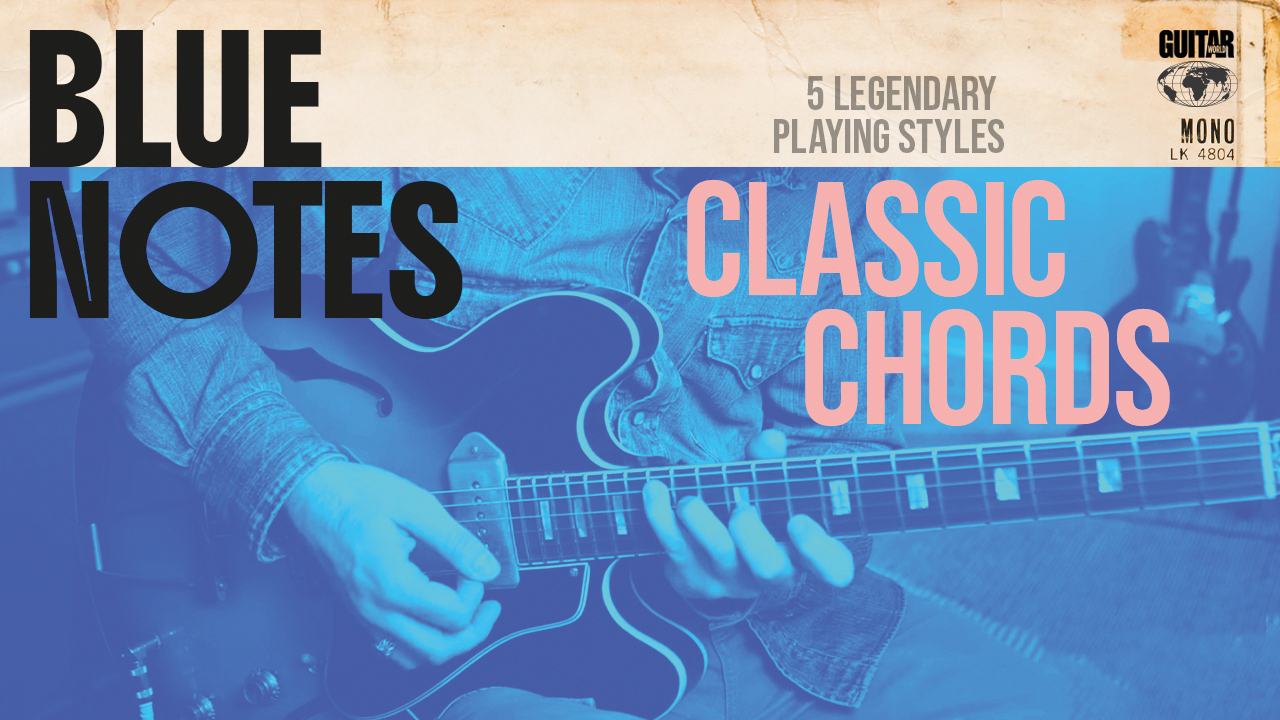Tone Comparison: Singlecut Vs. Doublecut Gibson Les Paul
This video might be particularly helpful for guitarists who are looking to branch out from the more traditional singlecut Les Paul shape and sound.
Hey, guys. As you might know by now, guitarist Darrell Braun is one of the internet's go-to gents when it comes to comparing the tones of electric guitars. Sometimes the axes he compares are completely different, and sometimes—like today—they are quite similar (and even share a name).
Watch below as he compares the tones of a singlecut Gibson Les Paul to a doublecut Gibson Les Paul.
As always, he starts things off by discussing the features of each guitar, then he gets right into the playing.
This video might be particularly helpful for guitarists who are looking to branch out from the more traditional singlecut Les Paul shape and sound. I, for instance, have owned plenty of traditional Les Pauls in my day, but I've never really even considered the doublecut variety. That might be changing soon.
For more helpful videos by Braun, be sure to visit his action-packed YouTube channel.
All the latest guitar news, interviews, lessons, reviews, deals and more, direct to your inbox!

Damian is Editor-in-Chief of Guitar World magazine. In past lives, he was GW’s managing editor and online managing editor. He's written liner notes for major-label releases, including Stevie Ray Vaughan's 'The Complete Epic Recordings Collection' (Sony Legacy) and has interviewed everyone from Yngwie Malmsteen to Kevin Bacon (with a few memorable Eric Clapton chats thrown into the mix). Damian, a former member of Brooklyn's The Gas House Gorillas, was the sole guitarist in Mister Neutron, a trio that toured the U.S. and released three albums. He now plays in two NYC-area bands.
